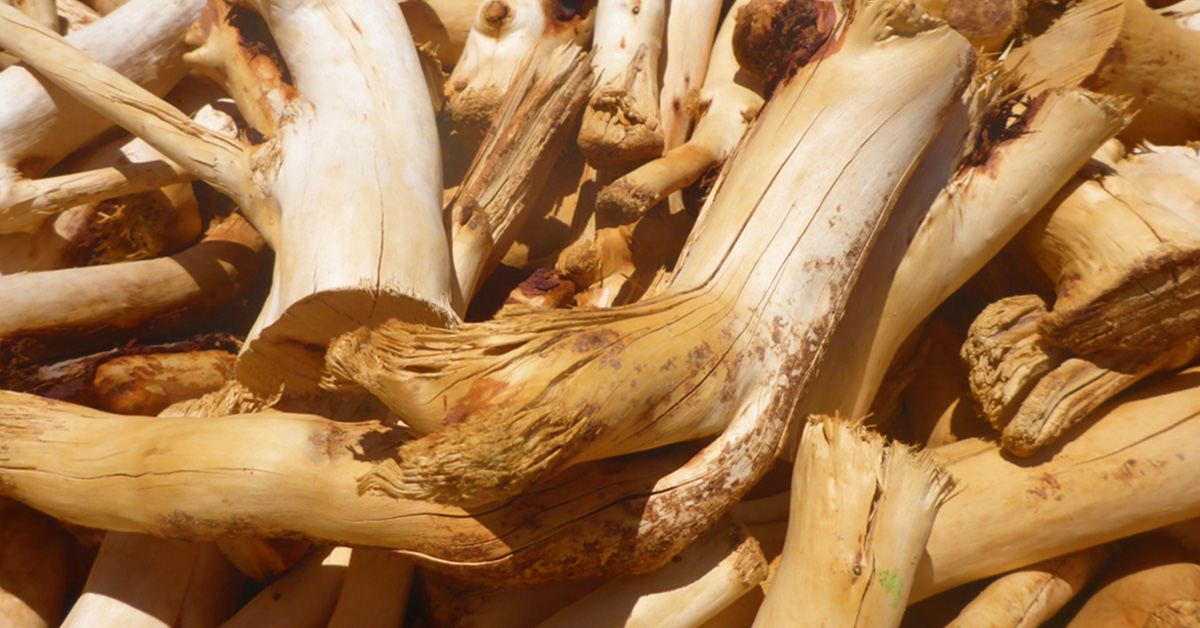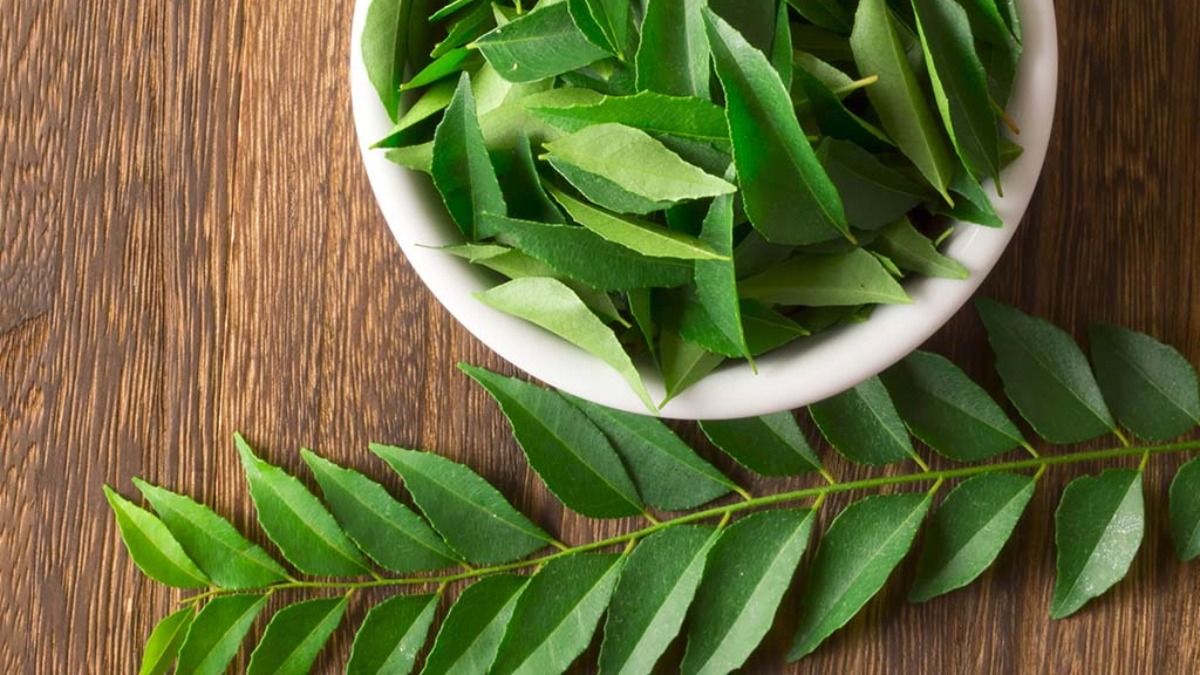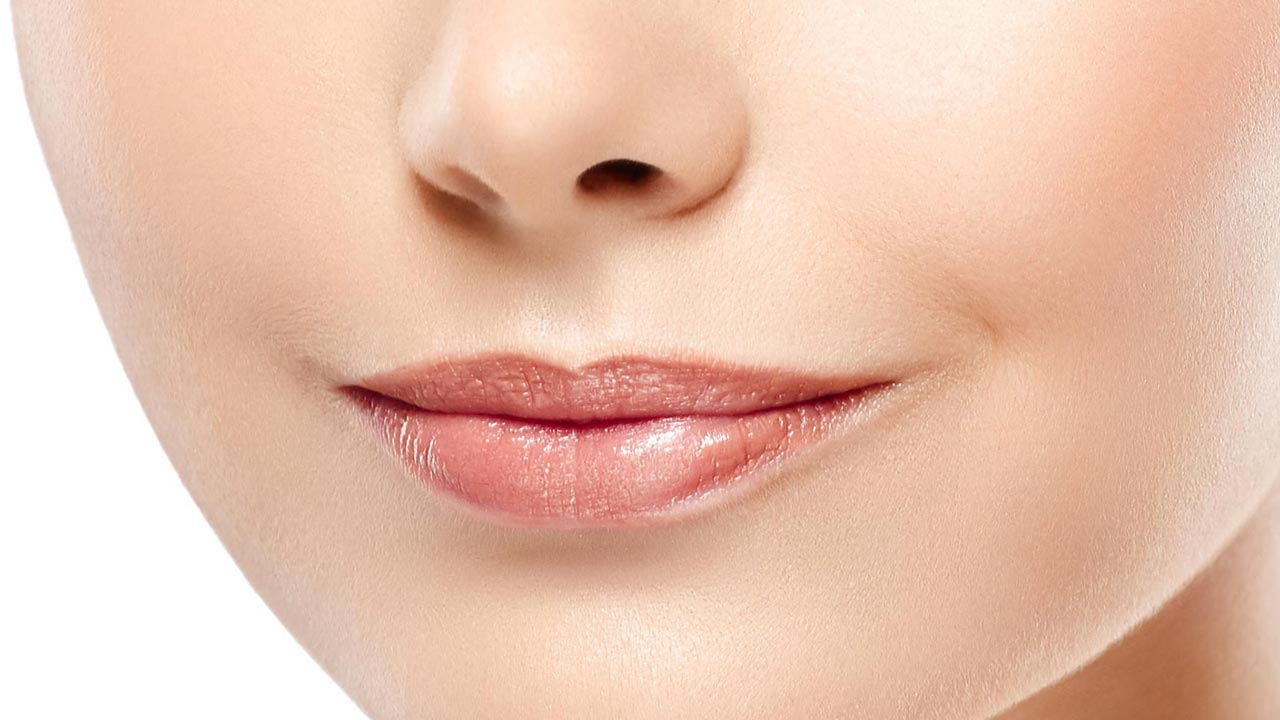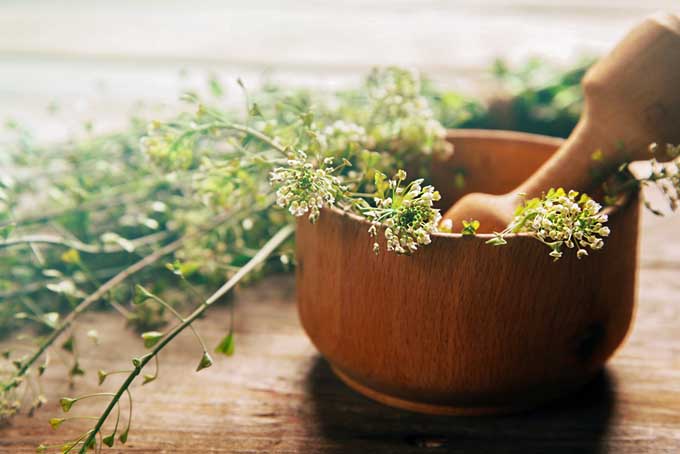The Kalika Purana categorises Gandha dravyas (fragrances) under the following 10 heads: Ishtagandha or pleasant fragrances like sandalwood, musk etc; Anishthagandha i.e. an unpleasant smell such as that of a carcass; Madhuragandha – the sweet fragrance of flowers etc; Amlagandha or sour smells such as citrus fruits etc; Katugandha – pungent smells such as that of pepper; Niharigandha or spreading smells like that of asafoetida; Snigdhagandha or the sweet, oily fragrance of ghee; Rukshagandha – the pungent, oily smell of mustard oil; Vishadagandha – the smell of fermented rice etc and Samhatgandha or the fragrance of a mixture of perfumes. In this article, we’ll dwell on an Ishtagandha – sandalwood.
FRAGRANT SINCE ANTIQUITY
In Vedic literature, one can find numerous references of sandalwood oil, which is obtained from the inner wood of the tree. In fact, the sandalwood tree’s heartwood and oil are also among the first items India traded, along with spices and silk. Santalum album or the Indian sandalwood tree and the paste of its inner wood has an extraordinary fragrance and finds mention in the Kautilya Arthashashtra as – “light, smooth, not dry, unctuous with oil like butter, pleasant in smell, penetrating the skin, unobtrusive, not losing colour, capable of bearing heat, allaying heat and pleasant to the touch – these are the excellences of sandalwood.” Even before assuming a cosmetic role, sandalwood has been considered sacred and has cast a deep influence on our culture. As per Indian tradition, offering of sandalwood paste is made to deities.
VARIETIES OF SANDALWOOD
Interestingly, contrary to popular belief, there are many known types of sandalwood, depending upon their source of origin. Arthashashtra also details these different types, bearing their origin to various mountains. Sandalwood from Sātana mountain is red in colour and smells of earth. That from Gośīrsa is blackish red and smells like fish. Grāmeru chandan is red, reddish black in colour and has the distinct smell of goat’s urine. Sandalwood from Hari resembles the colour of a parrot’s feather and has the fragrance of a mango, as does that obtained from the mountain on the bank of the river Trnasā. Devasabhā and Jāpa chandan is red in appearance and is lotus smelling. Turūpa and Jonga chandan is smooth and appears red, reddish black in colour. However, sandalwood from the Mālā mountain is whitish red and that from Śākala is brown. That from Kāla mountain is reddish black or of saffron colour. Kośāgāra mountain chandan is black or black variegated, whereas that from Śitodakā has the lustre of the lotus or is black and smooth. And lastly, sandalwood from the Nāga mountain is rough or of the colour of moss. Such is the diverse variety of available sandalwood that was known to our ancients!
ATTAR IN ANCIENT PERFUMERY
In the olden times, attars were popular fragrances worn by kings and royals. Attars are either pure oils or a mixture of different essential oils, resins and concentrates in a natural base or carrier oil. But what sets it apart from other fragrances is the unique aroma of attar, attributed to the vapours of floral herbs condensed directly into sandalwood oil. Sandalwood oil too is unique, since it complements the aroma of other plant oils, making it one of the most preferred oils for perfumes.
One Fragrance, Countless Benefits
Sandalwood’s sweet, warm, and woody fragrance is known for its ability to retain its rich scent for many years and is thus an invaluable product in the perfume and fragrance industry. Possessing moisturising and anti-inflammatory properties, sandalwood oil acts as a coolant providing relief from many skin related conditions like acne, rash, inflammation and reducing scars. For sensitive skin, a mixture of sandalwood oil, turmeric powder and fresh lime juice when applied for 15 – 20 minutes and thereafter washed off with water proves an excellent remedy for acne. While most cosmetic purposes involve sandalwood oil, it is also used in the form of a powder. The wood paste is used as an ointment to dissipate heat as well as act as a beauty aid. Regular application of a paste of sandalwood powder, turmeric powder and multani mitti made in rose water will leave your skin hydrated, glowing and radiant. An -effective and natural skin rejuvenator, this paste is often applied as a permanent pre-bridal ritual.
Image: World Wide Web





